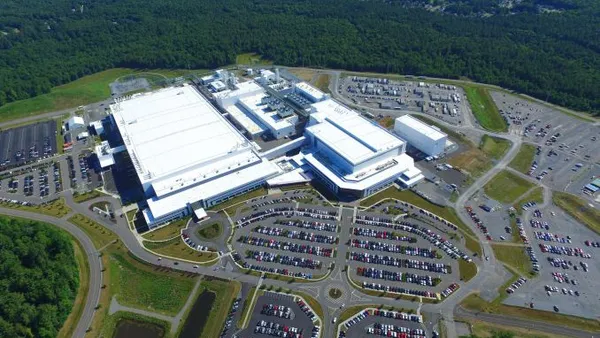Technology is a big investment, and it's common for contractors to invest in multiple systems for different operations to run their businesses. When these systems are not integrated, getting the right information to the right people at the right time is difficult and inefficient.
Data from FMI and Plan Grid shows that 22% of contractors saw failure in implementing a construction technology because it did not integrate well with their existing technology and software. Not integrating is among the top three reasons tech fails, proving that integrated construction software is becoming a requirement.
Why Contractors Need Integrated Systems
Key reasons why contractors need integrations include:
- Eliminating inaccurate and incomplete data. A critical problem is that the executive team is using old, inaccurate data from the field to determine their plans and projections. Conflicting data and contradicting plans ultimately affect your bid rates and ability to stay competitive.
- Reducing wasted time. When systems are not integrated, contractors spend time maintaining multiple systems and on inefficient administrative tasks like duplicate data entry. Time spent on repetitive data entry takes away from time that should be spent on mission critical responsibilities and valuable productivity elsewhere.
- Lowering risk for error. Manual data entry is a time drain and opens opportunities for human error. Keying in a "5" vs. "50" or missing a decimal place can throw numbers off significantly.
- Better serving everyone's needs. Not all systems can serve the needs of the entire team. Project, equipment and financial management systems won't function at 100% on their own in support of all these business focuses, so the best solution for a contractor is to use the best systems for each specialty and make sure those systems connect.
A non-integrated platform results in lost productivity, inaccuracies, confusion, lack of technology adoption and overall sunken costs.
Benefits of Integrated Construction Software
Benefits of construction technology integrations include:
- Automation of data flow to connect systems
With integrated systems, you get accurate data in whichever system you use, as opposed to translating information between two systems or referring to stale information that was never updated manually. - Maximize and maintain investments
Integrated systems maximize productivity and extend the use of the systems contractors already invested time and money into deploying. Integrating allows contractors to utilize their systems and team members to their fullest potential. - Maximize efficiencies and simplify processes
When systems are integrated, you spend less time in each and get to spend more time doing other activities that help drive revenue.
Integrated software has a powerful impact on the way contractors operate as an organization and their ability to gain competitive advantages over the competition. In a low margin industry, finding ways to stay ahead is do or die.
Equipment Management Integrations
Equipment management systems, specifically, have many integration opportunities. Equipment fleet information is valuable for ERP and accounting systems as well as project management and operations systems. If you already get AEMP data from OEMs, it's wise to leverage AEMP integrations to see and manage your telematics data on one platform.
Exact integration points are unique to each system, but the different types of equipment management system integrations generally work like this:
- Accounting System / ERP Integrations: Information can flow bi-directionally between the equipment management system and the ERP, such as location, engine utilization data (hours/miles), billing information, fuel cost information, parts/labor/repair cost data and more.
- Project Operations Integrations: Information can flow bi-directionally between the equipment management and project operations system, such as location, engine utilization data (hours/miles), maintenance information and more.
- OEM / AEMP Integrations: AEMP telematics data that you get from OEM integrations with manufacturers such as Caterpillar, John Deere, Komatsu, Volvo, etc., feeds one way from the OEM to the equipment management system.
What Integration Opportunities Do You Have?
Integrated, construction-focused systems deliver complete and reliable information and is a true operational need that can help contractors build, run and maintain more effective and profitable businesses.
Integrations across existing business systems can ultimately take businesses from chaos to calm, provide significant future insights and keeps contractors in the game and winning with new work with larger profit margins. When considering the purchase of a new construction technology system, be sure to research options that integrate with the systems your business is already using.
Conclusion
If you want to learn more about how to run your business more smoothly, contact Tenna to see how your equipment management information can integrate with your other business systems.










